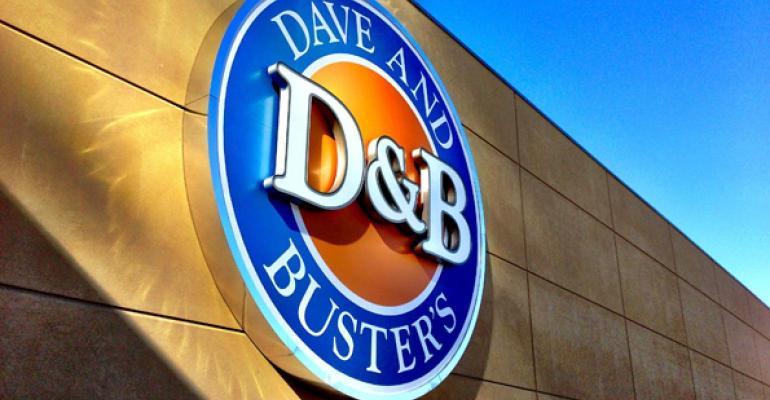
Dave & Buster’s CEO Chris Morris believes the eatertainment chain is long overdue on modernizing several parts of the business. Morris, who came on board in June 2022 as part of the Main Event acquisition, is aiming to change that with updates to the company’s facilities, activities, and food and beverage program.
During a presentation this week at the ICR Conference in Orlando, he outlined the brand’s biggest opportunities and how the team intends to capitalize on those opportunities, starting with more focused investments.
“The previous management team did a lot of things right. We benefit from resting on their shoulders. One of the areas they didn’t do is invest back into the business. It’s been 15 years since the brand was refreshed. Think about how the world has changed in the past 15 years,” he said. “People want relevant, fresh, exciting entertainment. It’s important to reinvest, reinvigorate.”
The company’s biggest focus with these investments is its remodeling program, which Morris believes will create a significant topline tailwind. The company spent the past 18 months researching how consumers want to use the brand and is using that insight for its new design. That design includes a reconfigured dining room designed to improve operations and provide a lift to the food and beverage business.
“Over the last decade, the food and beverage mix has steadily declined. It’s decelerated more than any other part of the business. There was a time when Dave & Buster’s generated more food and beverage revenue than entertainment,” Morris said.
To get back there, Dave & Buster’s is taking a multiphase approach, including the removal of complexities in the kitchen to improve speed and quality and drive more revenue at peak times. Morris said the company had “some crazy things on the menu that were incredibly complicated” and those have been removed. With the redesigned menu, seven employees now work the line during peak hours, versus the previous 12.
“The complexity outweighed the revenue impact,” he said. “Our team worked really hard with operators to fix that.”
Notably, Dave & Buster’s has pared down its menu before — in 2018. A year later, it began testing “snackable options” and then Covid hit. So far at least, the company seems to be gaining some traction this time around. Operational updates were rolled out systemwide in late September and have driven an approximately 5% increase in food and beverage revenue per check and faster service. The company is now testing an update to its menu with an anticipated systemwide rollout in April. From there, it will iterate the menu with innovation around appetizers, bowls, desserts, and sides, which “better meet the need states of our entertainment guests,” Morris said. Early indicators show the test has yielded incremental improvement in check sizes, satisfaction scores and food and beverage attach rates.
In addition to buoying sales, Dave & Buster’s focus on the food and beverage side is expected to drive more use cases for the brand. As Morris notes, consumers are dining out in droves, but they’re doing so elsewhere either before or after a visit to Dave & Buster’s. The company’s objective is to convert more of their guests into diners.
“It goes back to the underinvestment and undermanaged approach. What happened to our business is it was so focused on expanding the bottom line and managing labor that we sucked labor hours out of the front of house. When you do that, everything else starts to crumble,” Morris said. “That becomes compounded when you generate so much volume. The dining rooms not being able to be controlled, inaccuracies — the whole thing starts to crumble. We think we can drive more throughput at peak by redesigning the dining experience.”
That said, these aren’t the only changes the company is making. It is also building a digital guest engagement platform to gather more data about its customers, investing more in digital marketing to drive more frequency and conversion, and experimenting with a tiered pricing system so prices in Kansas City aren’t the same as they are in New York, for instance. The tiered pricing system is currently in test and Morris expects a 10% increase in game prices over the next three years to yield a $100 million run rate in EBITDA.
Further, Dave & Buster’s plans to update its activity options and grow its events business. Morris said the company’s research found that customers were growing bored with the brand as shiny, new eatertainment concepts began popping up.
“There are three focus areas for us. One, delivering a fresh product. Two, evolving entertainment beyond what we’ve been known for to-date, which is a world-class arcade. We know our competition is outside of arcades, so it’s important to evolve that offering,” Morris said. “Three is to grow the special events side. Most in eatertainment are driving significant business through special events. For whatever reason, Dave & Buster’s hasn’t, and we see that as an opportunity.
“It’s a mistake to think about this just as remodel. It’s really a strategic reset for the business.”
Morris said the first remodel, located in Texas has been “way ahead” of expectations with about a 15% increase in sales compared to 2022 and 30% increase compared to 2019. Special events, meanwhile, are up 50%. As such, the company is accelerating remodels; up to 45 units are expected to be completed by the end of fiscal year 2024 and the majority remodeled by 2026.
“The exciting part is the culmination of all these initiatives working together. A lot of these opportunities are low hanging fruit because we haven’t been doing this. It will take time because we’re just getting started. But we’ll start to see some impact in early 2024 and over the next 12 months build more momentum to drive the business,” he said. “We think this is going to be a new day for Dave & Buster’s.”
Original Article:
[H/T] RestaurantBusinessOnline.com

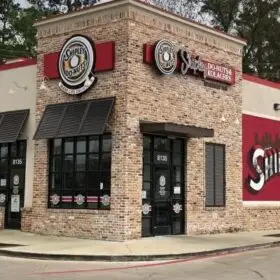
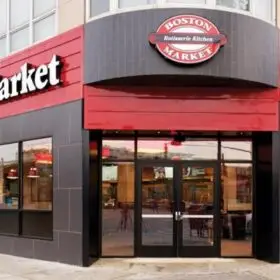
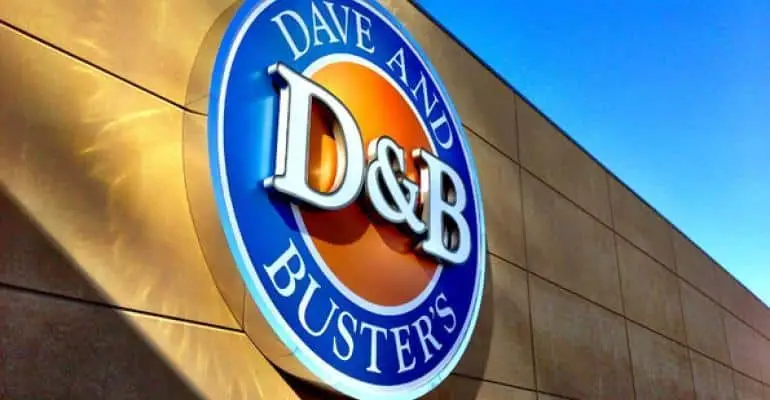

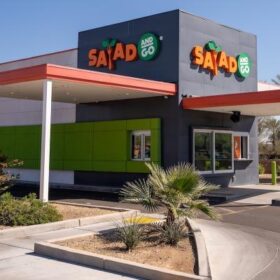
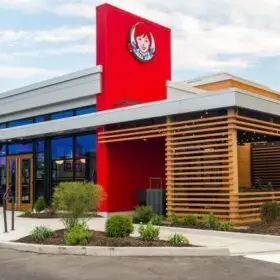
 Powered by
Powered by